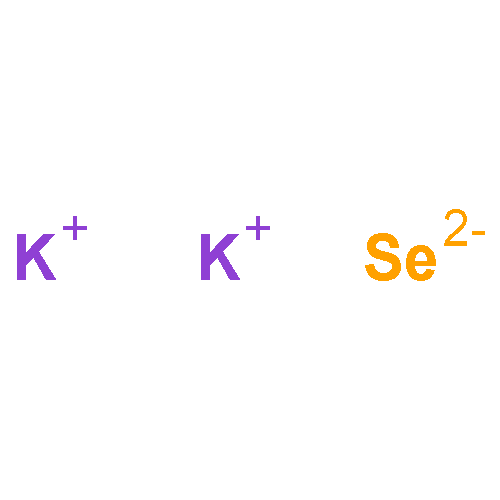Co-reporter: Alyssa S. Haynes, Felix O. Saouma, Calford O. Otieno, Daniel J. Clark, Daniel P. Shoemaker, Joon I. Jang, and Mercouri G. Kanatzidis
pp: 1837
Publication Date(Web):February 12, 2015
DOI: 10.1021/acs.chemmater.5b00065
The APSe6 (A = K, K(1–x)Csx, Cs) family of one-dimensional (1D) materials was studied to examine the effects of the cation size on the nonlinear optical (NLO) response. The family has high-performing NLO properties with the noncentrosymmetric parent material, KPSe6, having infinite 1D chains of 1/∞[PSe6–]. This structure has been successfully substituted with cesium up to K0.6Cs0.4PSe6 while retaining the polar character. All compounds crystallize in the space group Pca21 and have band gaps of 2.1 eV. In situ powder X-ray diffraction experiments using synchrotron radiation were used to determine the specifics of the amorphous to crystalline behavior and the crystallization and melting kinetics of the APSe6 system. These measurements revealed a new phase, β-CsPSe6, which is metastable and crystallizes in the noncentrosymmetric tetragonal space group P 4̅21c with a = 12.526(2) Å, c = 12.781(3) Å, V = 2005.3(6) Å3, and Z = 8. The structure is composed of 2 sets of mutually perpendicular 1/∞[PSe6–] chains charge-balanced by Cs cations, and the band gap of β-CsPSe6 is 1.9 eV. Second harmonic generation (SHG) measurements demonstrate that substitution of Cs into KPSe6 maintains the strong NLO signal with a very high SHG coefficient (χ(2)) of ∼150 pm/V for K(1-x)CsxPSe6 and 30 pm/V for β-CsPSe6. Laser-induced damage threshold analysis reveals APSe6 exhibits two-photon absorption (2PA) at 1064 nm with input laser intensity greater than 1 GW/cm2 and optical damage from 2PA at ∼2 GW/cm2. The materials also exhibit strong third harmonic generation (THG) with THG coefficients (χ(3) × 105) for KPSe6, K0.6Cs0.4PSe6, α-CsPSe6, and β-CsPSe6 to be 2.6, 3.1, 1.8, and 1.1 pm2/V2, respectively.
